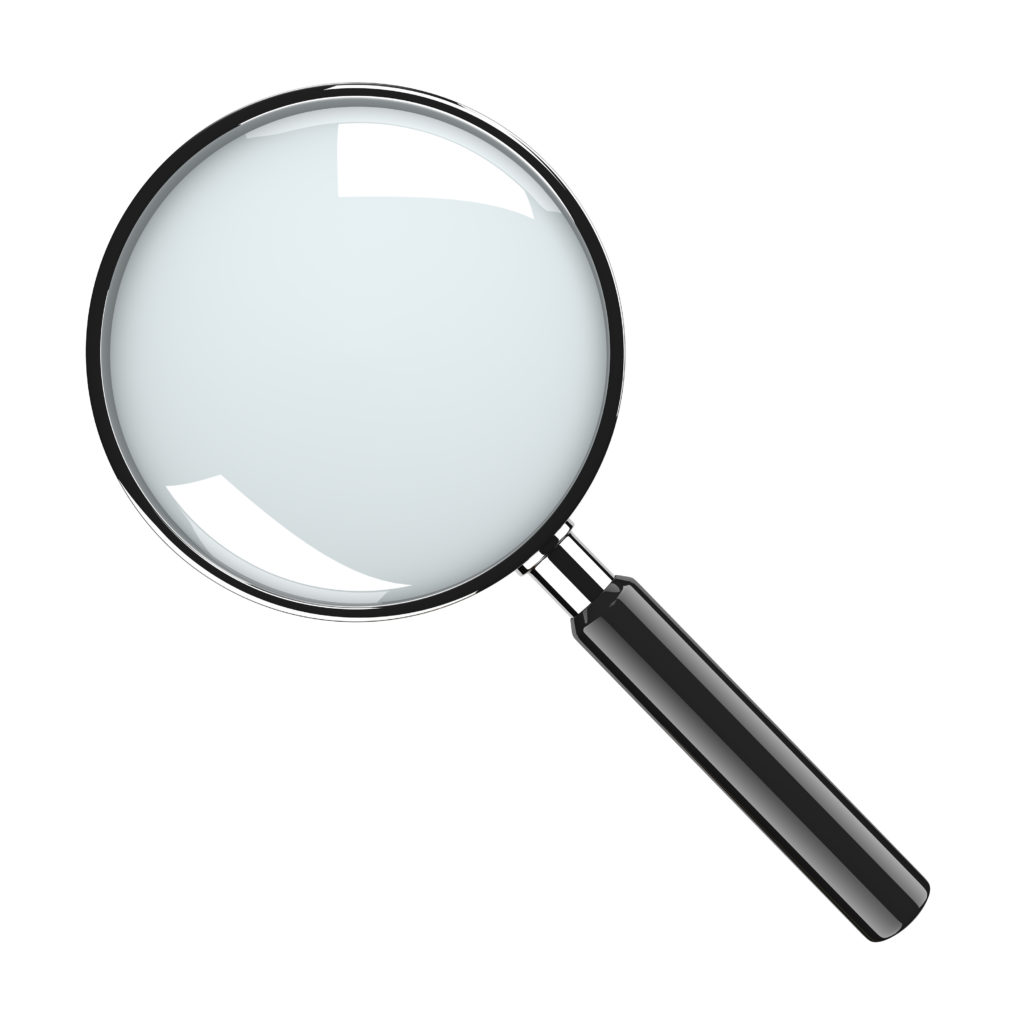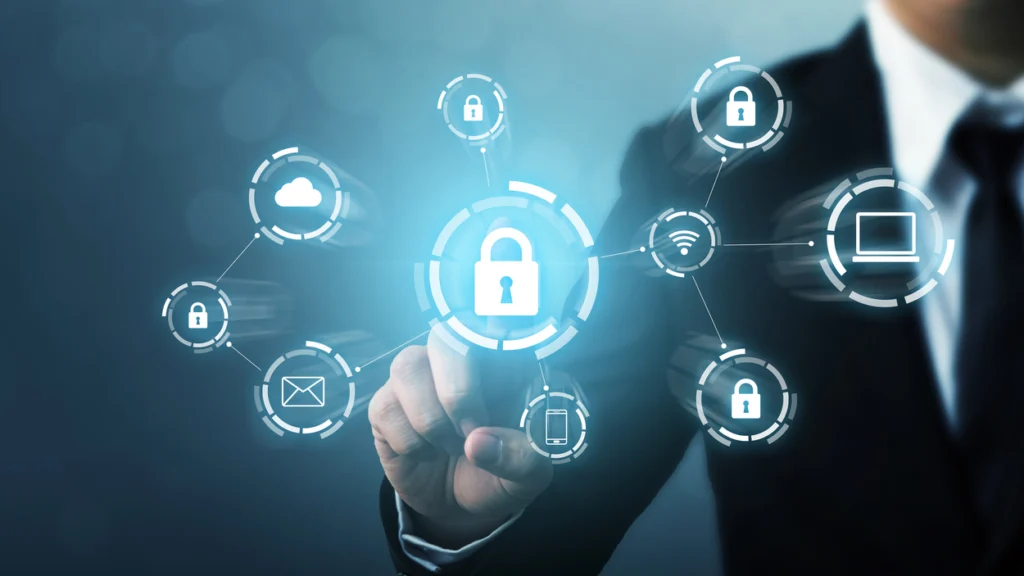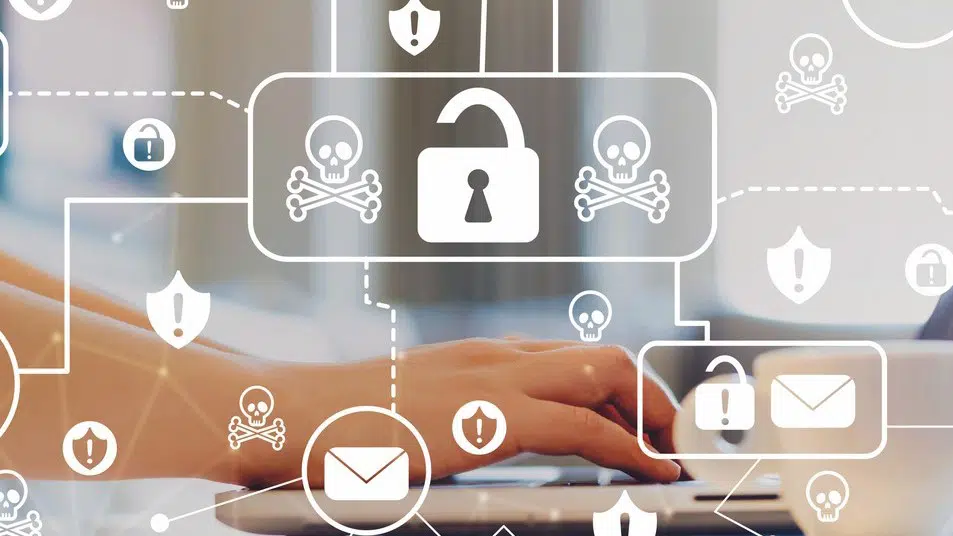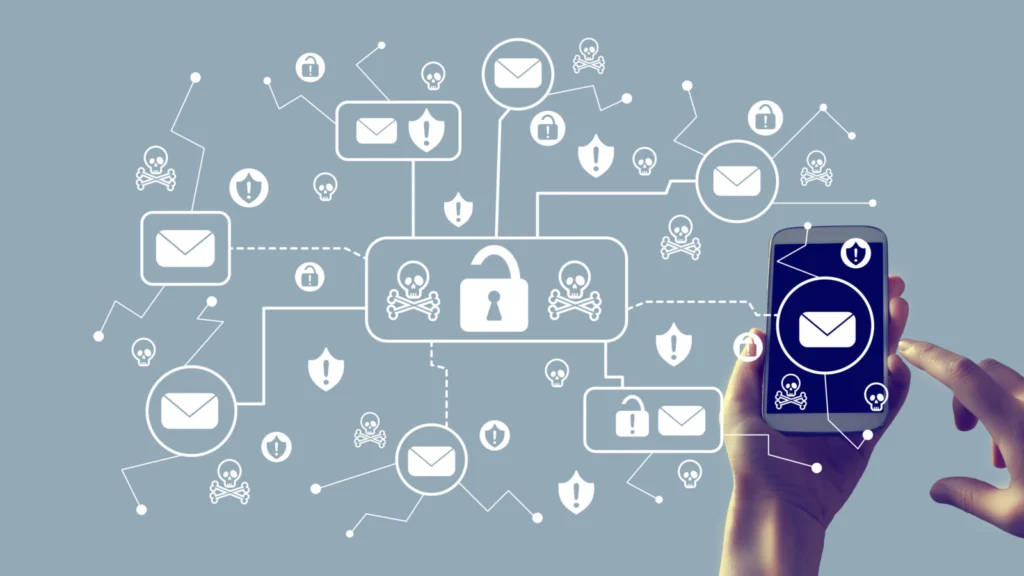Do you shop online? If you’re like most Americans, the answer is a resounding “Yes!” In fact, depending on which statistics you believe, anywhere from 69 to 96% of Americans make regular purchases online.
Anyone can online shop from just about anywhere with any connected device. It’s fast, easy, and convenient. But have you ever considered that it could also be dangerous? Well, it can. There are many risks associated with online shopping. As a result, buyers need to beware of things like identity theft, fake reviews, and counterfeit goods.
Let’s talk about counterfeits. So, what’s the big deal if you buy a fake designer handbag because it’s so much cheaper than the real thing? It’s not hurting anyone, right? Wrong! Counterfeits not only impact the profits of big businesses, they also negatively impact consumers and society in many ways. Maybe you’ve never considered that:
Counterfeiters often have connections to organized crime and other criminal activities.
The International Anti-Counterfeiting Coalition (IACC), a non-profit organization devoted solely to combating product counterfeiting and piracy, has found clear links between the profits from counterfeit sales and the funding of organized crime, drug trafficking, and even terrorist activity. As though that’s not enough, counterfeiters don’t pay their employees fair wages or benefits, have poor working conditions, and often use forced or child labor.
Trade in pirated and counterfeit goods degrades genuine economic activity.
The economic impact of counterfeit goods is a global problem that affects everyone. A report extending the findings of a study done by the Organisation for Economic Cooperation and Development (OECD) in cooperation with the EU Intellectual Property Office (EUIPO) estimates that the negative impact of counterfeiting and piracy are projected to drain $4.2 trillion from the global economy and put 5.4 million legitimate jobs at risk by 2022.
Counterfeits can pose serious health concerns.
Think about cosmetics and other skincare products, pharmaceuticals, baby products, car parts, electronics – and the list goes on. The ingredients and materials used by criminals who are out to make a quick buck are not subject to the same safety standards or quality control measures used by legitimate manufacturers of these products. If you don’t believe it, check out this segment of the Dr. Oz Show demonstrating the risks of counterfeit beauty products.
Now that you know how dangerous counterfeits can be, how can you protect yourself from becoming a victim of counterfeit products and not contribute to the bank accounts of these criminals?
Educate yourself.
Check the company’s website – many publish tips and include images to help you spot fakes. Compare the features of the product you purchased with the images on the company’s website. Many counterfeits are easily identified by poor quality or the presence of obvious errors. Here are some things to look for:
- Typographical, grammatical, or spacing errors on marketplace listings, product packaging, or package inserts and instructions
- Poor quality print and packaging or packaging that’s missing altogether
- Obviously inferior quality of the product itself such as bad stitching, colors that look off, flimsy materials, etc.
- Incorrect or misplaced logos
- Packages shipped to you from China or Hong Kong when you expected a domestic shipment
- Highly discounted prices; if it seems too good to be true, it probably is

Buy from reputable resellers.
Counterfeits can be sold anywhere but buying from shady websites or unknown marketplace sellers increases your risk of getting counterfeit. For this reason, many companies include a list of legitimate distribution channels on their websites. So always do your research and buy from authorized dealers.
Report it!
If you suspect you’ve purchased a counterfeit product, report it to the company. Brand owners are particularly interested in gathering data about suspect and counterfeit products in the marketplace. In fact, many have teams of people working full-time to protect their intellectual property (trademarks, patents, and copyrights), their reputation, and you – their customers.
In summary — counterfeits are bad for you, bad for businesses, and bad for society. So, do what you can to protect yourself by being an informed and vigilant consumer. You can also check out our next blog post to learn more about what companies can, and in many cases, are doing to protect you too!

written by
Cindy Yard
August 27, 2019
Stay informed with industry-relevant emails curated by our team of experts.
We send out emails once or twice a month relating to IP Services, industry news, and events we'll be attending so you can meet our experts in person.

Cindy Yard
Cindy has been a member of IP Services Brand Protection team since 2011, first as a forensic analyst and currently as the Director of Brand Protection. Armed with a degree in Business Administration from Indiana University of Pennsylvania and a work history in retail and the promotional products industry, she never dreamed she’d be fighting the good fight against counterfeiters and piracy for a living.



